Understanding Why 90% of Consumers Skip Pre-Roll Ads
The two biggest milestones since advertisement began thousands of years ago are the Bulova Watches ad in 1941 and the World Wide Web. From the time they first aired on TVs in the United States, video ads have had an incredible impact on our society and culture. The Marlboro Man of the 1950s and the Coco-Cola ads of the 1970s are among the best advertisements of all time.
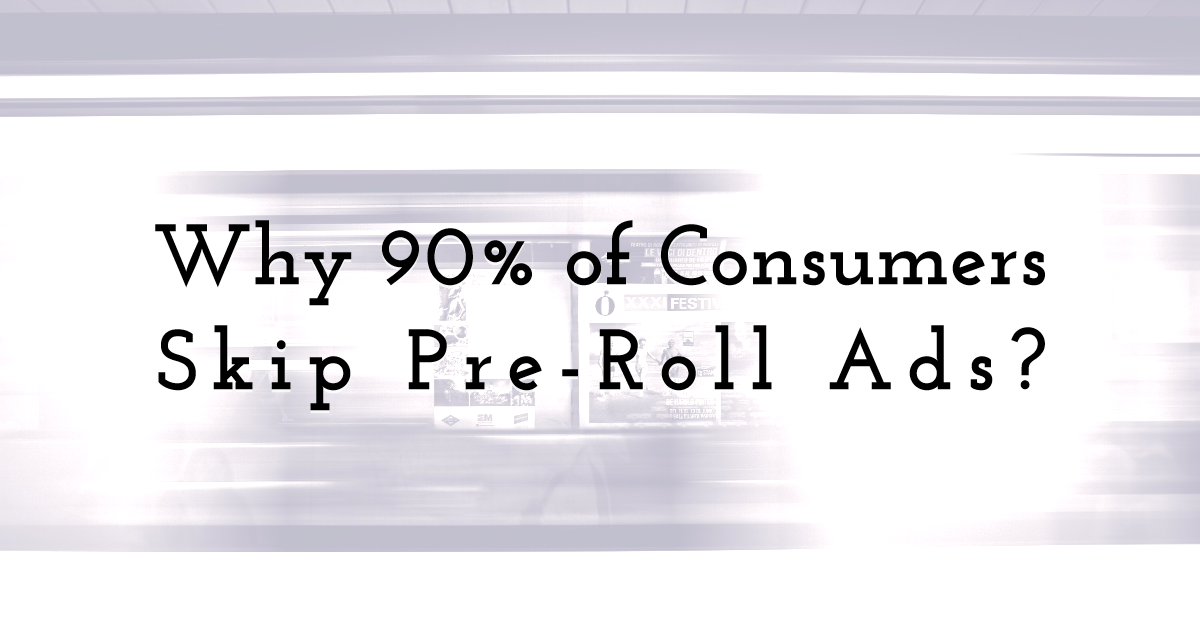 Make your own pictures for your blog with PixTeller image maker
Make your own pictures for your blog with PixTeller image maker
The expectation of businesses and marketers that the Golden Era of Advertisement would return, this time on the web, has not materialized yet. It can't be denied that video ads on the internet are popular. According to HubSpot, more than half of the surveyed consumers prefer to see ads of products they like.
For every positive stat, there are many negative metrics that trouble businesses and video marketers. According to an ORC International survey, 90% of consumers skip pre-roll advertisements. This reveals that almost no one wants to see an ad that plays before the video content.
Skipping ads at the first chance they get indirectly affects the consumers. Most consumers aren’t aware of this fact. They do not realize that the video ads pay for the content they watch for free. Anyway, the problem of skipping pre-roll ads affects us all. Especially when you are promoting your business on YouTube. Knowing the reasons for such consumer behavior and finding solutions will be in everyone’s interest.
Let’s get started.
-
The Top Reasons Why Consumers Skip Pre-Roll Ads
Brands and video marketers often use psychology to attract consumer attention and create a favorable impression of a product. Just because brands use the science of psychology, it doesn't mean they can't go wrong. Here are some reasons why pre-roll ads fail to impress.
-
Advertisements Saturated With Fake Positive Emotions
Work pressure and constant stress is now part of our everyday life. So, shouldn't happy ads with positive and smiling people make us happy? No.
Research shows that ads with fake emotions put off consumers. A pre-roll ad with artificially sweet people doesn't go down well with viewers who are most probably stressed and not in a good mood. Instead of getting relaxed, the viewers are annoyed, therefore looking for the first opportunity to skip the advertisement.
Solution: Shun fake emotions and look to make ads creative, authentic, and relatable.
-
Do Not Force the Brand on the Consumers Too Early in the Ad
We understand. The pre-roll ad is not longer than a minute and you want to give your brand maximum screen time. But, do not try to oversell by forcing the brand on the viewers. In today's world, just a few seconds is enough to make a connection or break your reputation.
Plus, ease the brand, instead of pushing it too early in the advertisement. Doing so might create the impression you're only focused on the sale. Once the consumer believes that you’re not interested in engaging, helping, and building trust, he or she will lose interest in your advertisement.
Many of the clients who reach out to our video editing company come up with a video script that basically oversells the brand too early on in the video.
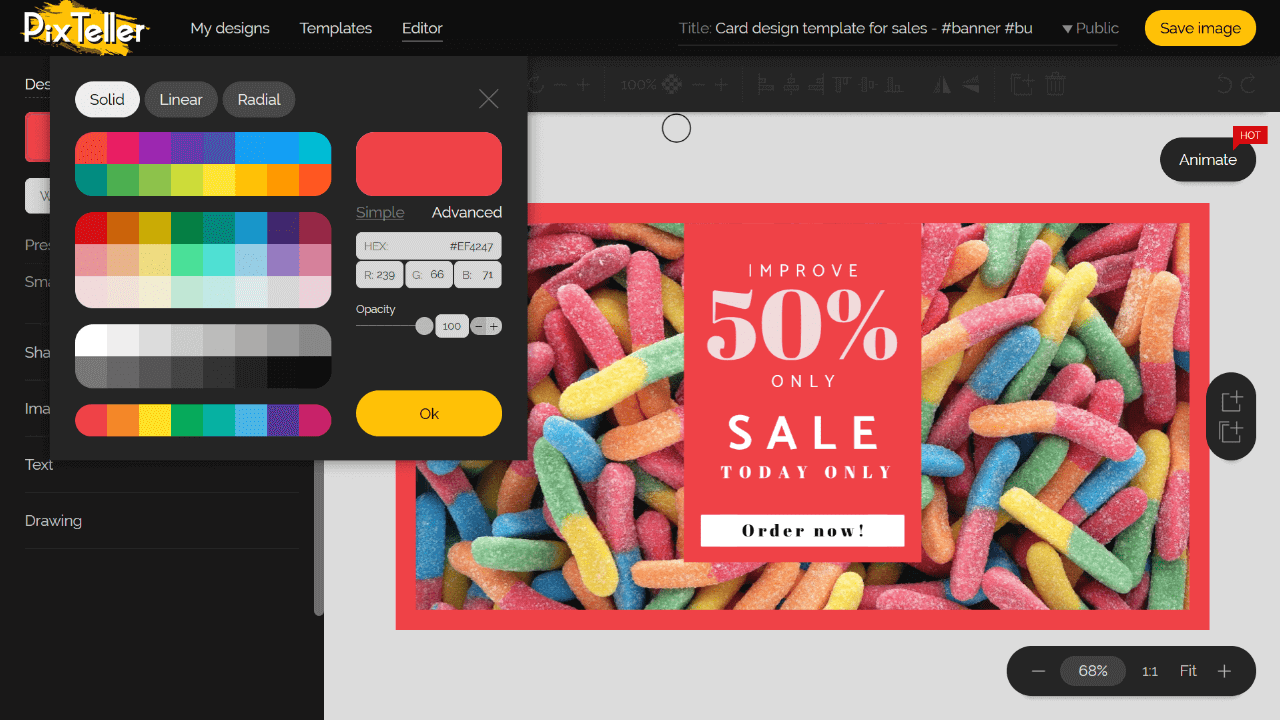 Screenshot of PixTeller banner editor
Screenshot of PixTeller banner editor
Solution: Here is where the marketing experience and split testing comes handy. Create short impactful ads, in most cases, no more than 30 seconds long. In addition, learn when to introduce your brand to increase the ad’s effectiveness.
-
Any Attempt to Misguide Is Bound to Annoy the Consumers
From decades of experience, our brains have become conditioned to distinguish sponsored demos and reviews that we see on shopping channels from genuine customer reviews. So, consumers take offense to brands that try to misrepresent a promotional ad as something else, like creative video or any type of user-generated content.
For example, a video from a vlogger that packages promotional content (endorsing the brand Fanta) as a video of her beverage and flavor preferences can be construed as misleading by many consumers. The video titled "What's Your Flava?" was part of the company's commercial campaign.
Consumers let their guard down while watching user-generated content. They expect to see, hear, and learn something that might benefit them. As a replacement, if they are fed promotional content, consumers feel deceived and betrayed.
Solution: Make the pre-roll ad as clear as possible. Advertisements can be both creative and clear.
-
More Reasons Why Consumers Might Skip the Pre-Roll Ads
According to research that surveyed the opinions and preferences of 2400 consumers, here are the top four reasons why consumers skip pre-roll ads.
• Consumers don’t want anything to interrupt their viewing experience. Out of the 2400 consumers polled, 27% of them just want to watch the video. They hate interruptions before videos hence skip the pre-roll ads.
• About 22% of the respondents felt the pre-roll ads didn't resonate with their choices and preferences.
• The third and fourth more polled answers show that many consumers felt they didn't have time to watch the ad or felt the pre-roll ad before the content was irrelevant to them.
-
Tips to Prevent Consumers from Skipping the Pre-Roll Ads
Personalized Videos: 72% of consumers say they will show interest in personalized video content. Instead of using one pre-roll ad, Burger King created 64 ads to use in their search-based advertising campaign.
Create Relevant, No Fluff Ads: Most consumers don't show interest in glitzy ads. They prefer authentic, relevant, and useful ads that care about their problem and preferences. The website builder tool Wix has a simple ad that focuses on addressing the consumer’s main concern – "How any person can build a site".
Tell a Story: Do you want the consumers to forget the skip button? Lure them with a story. The pre-roll ad by the grammar check service Grammarly is longer than a minute. Consumers don't mind because the ad engages the audience with the story of an employee searching for the right words to effectively communicate with the boss.
Final Thoughts
Pre-roll ads are practical, engaging, and effective. But, they stand in the way of a person and the video he/she desperately wants to watch. The statistics look bad for pre-roll ads. It's not too late.
Until next time, Be creative! - Pix'sTory made by Laura Zamfir
Recommended posts
-
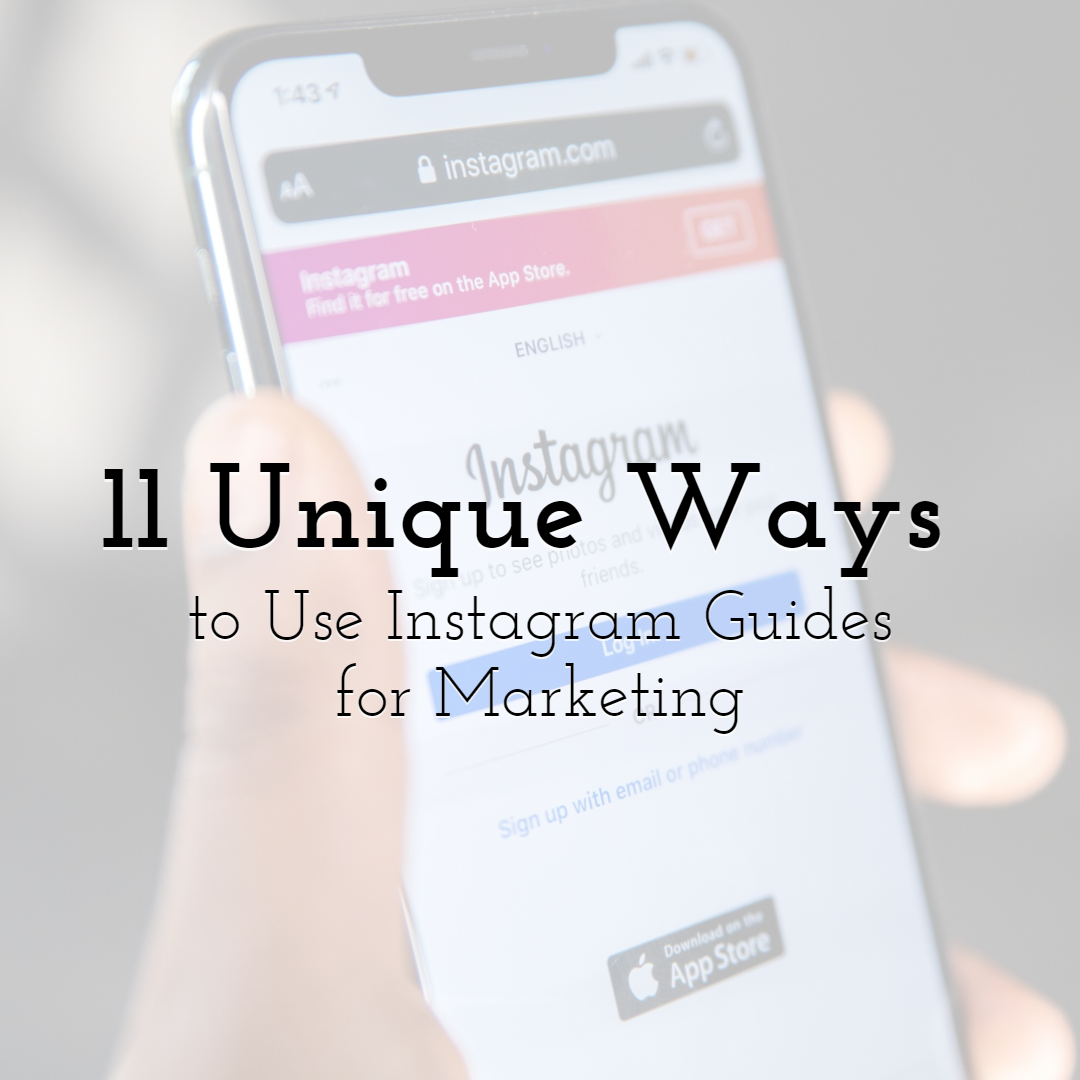
11 Unique Ways to Use Instagram Guides for Marketing
Read More › -

Write a Catchy Headline in No Time in 3 Steps
Read More › -
![Best Time to Send an Email Blast [InfoGraphic]](https://storage.pixteller.com/designs/designs-images/2020-07-02/12/2-best-time-to-send-an-email-blast-infographic-1-5efdaef056333.png)
Best Time to Send an Email Blast [InfoGraphic]
Read More › -

How Are Brands Using Virtual Reality Assets?
Read More › -
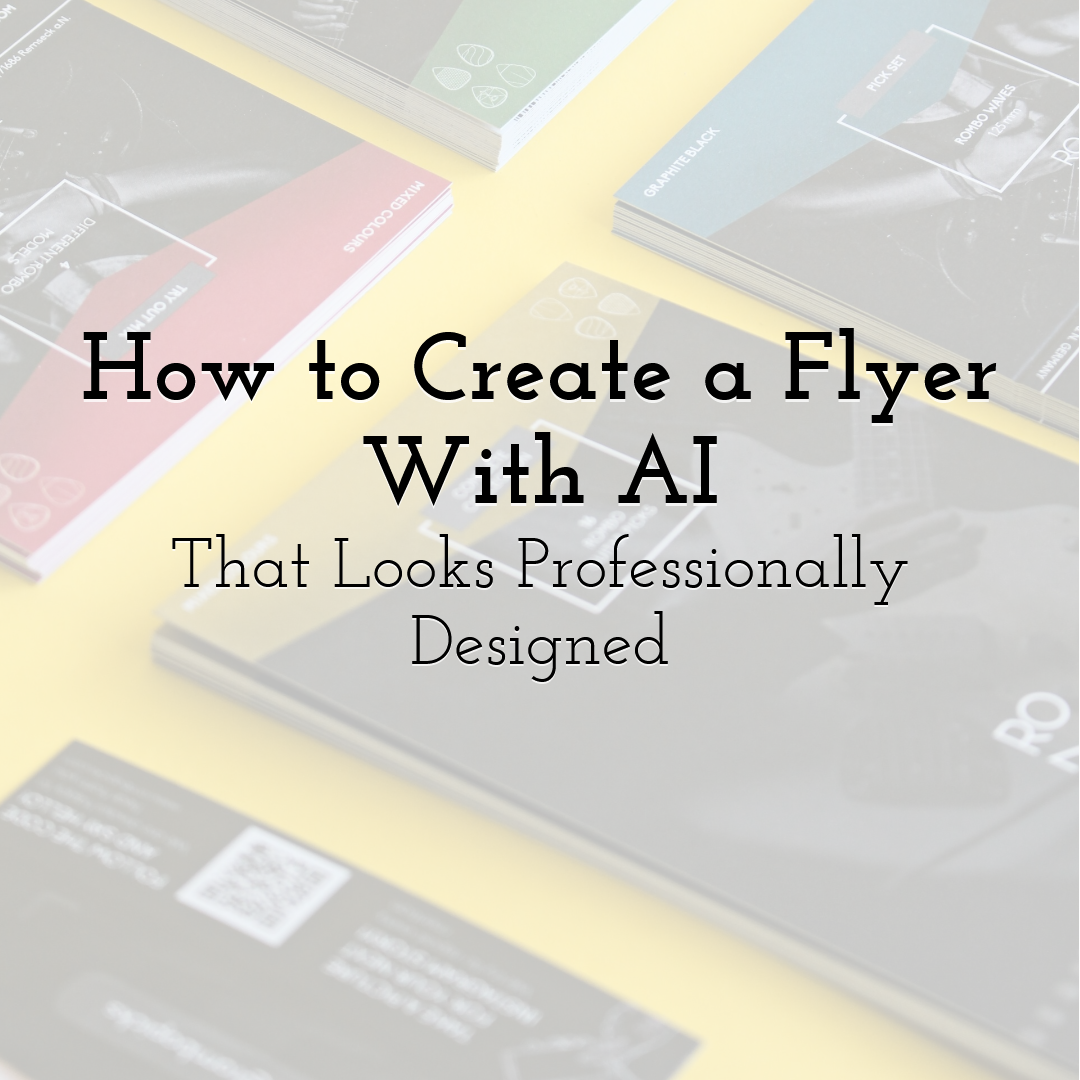
How to Create a Flyer With AI That Looks Professionally Designed
Read More › -
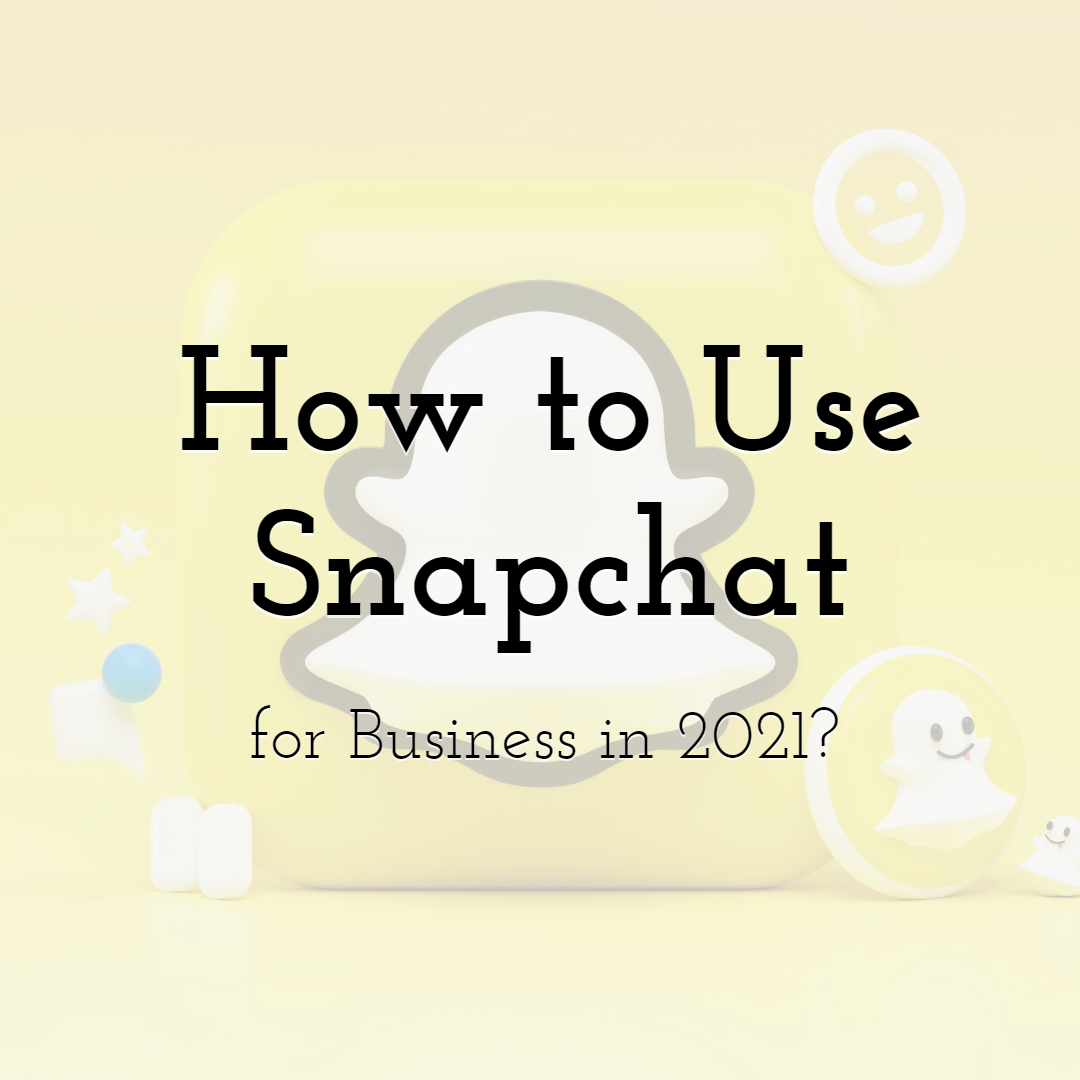
How to Use Snapchat for Business in 2021?
Read More ›
